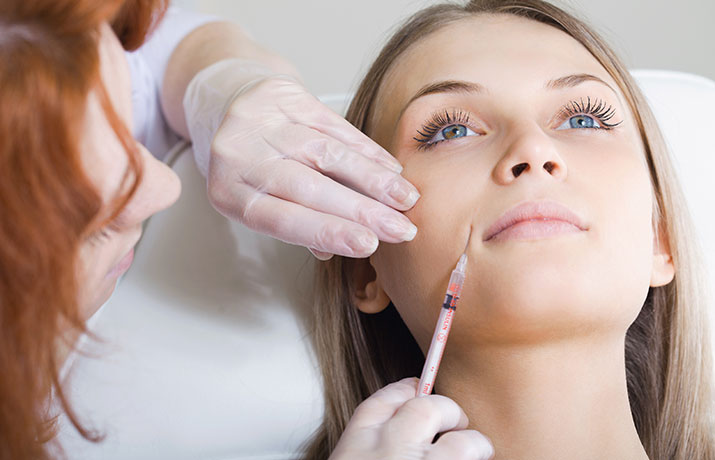Major sleep disorders affect both men and women and can pose a great threat to a person’s quality of life. However women are more likely to experience sleep disorders than men. According to the Montgomery Veteran Affairs Medical Center in Jackson, Mississippi the complaints differ significantly between the sexes. Symptoms can include headache, irritability, insomnia, fatigue, and loud snoring during sleep. Hormones can also play a big role in women with sleep disorders. During pregnancy or the menopausal stage these symptoms can intensify and become disruptive. At AZTMJ, Dr. Stan Farrell has extensive training in treating sleep apnea and other sleep disorders. If you or someone you know might be suffering from obstructive sleep apnea, please schedule an initial consultation today with Dr. Farrell at 480-945-3629 or visit us at www.headpaininstitute.com for more information.
Tamanna S1, Geraci SA. 1Medical Service, G.V. (Sonny) Montgomery Veteran Affairs Medical Center, Jackson, MS 39216, USA.
Abstract:
Disruption of sleep causes adverse health outcomes and poor quality of life. People with sleep disruption have higher levels than people without disrupted sleep of depression and anxiety and increased rates of cardiovascular diseases. Women have a higher incidence than men of insomnia and depression related to poor sleep. The types of complaints differ significantly between the sexes. Women are more likely than men to complain of insomnia, headache, irritability, and fatigue than the “typical” symptoms of loud snoring and breathing cessation during sleep. Hormones play an important role in sleep in women. Reproductive hormones were found to have a protective effect on sleep apnea in women of premenopausal age. Pregnancy is another period when the prevalence of sleep apnea and restless leg syndrome increases from hormonal effect. Cardiovascular mortality is high in women with obstructive sleep apnea. Continuous positive airway pressure therapy improves outcomes in most cases of obstructive sleep apnea. The epidemiology, risk factors, diagnostic criteria, and therapies for the three most common sleep disorders (insomnia, obstructive sleep apnea, and restless leg syndrome), along with effects of menopause, pregnancy, and social factors on sleep in women, are key considerations for clinicians caring for female patients across the adult life span.

